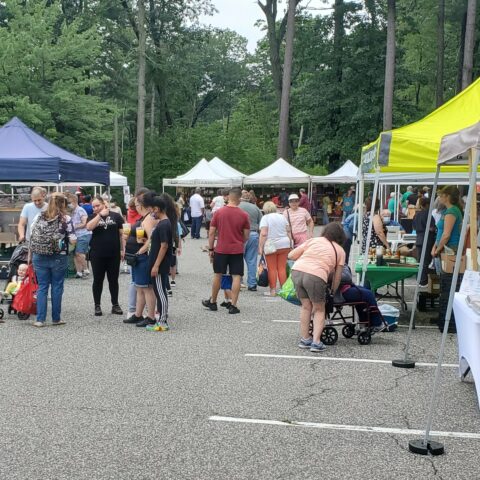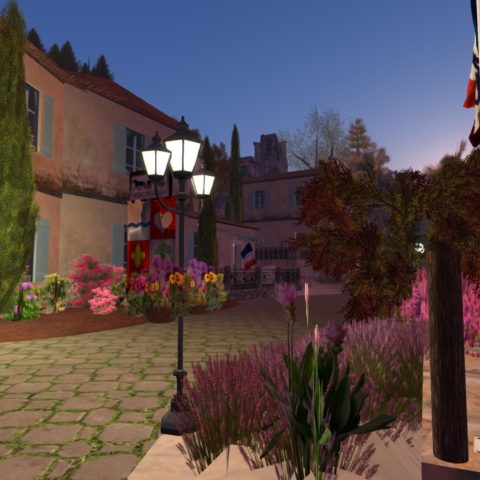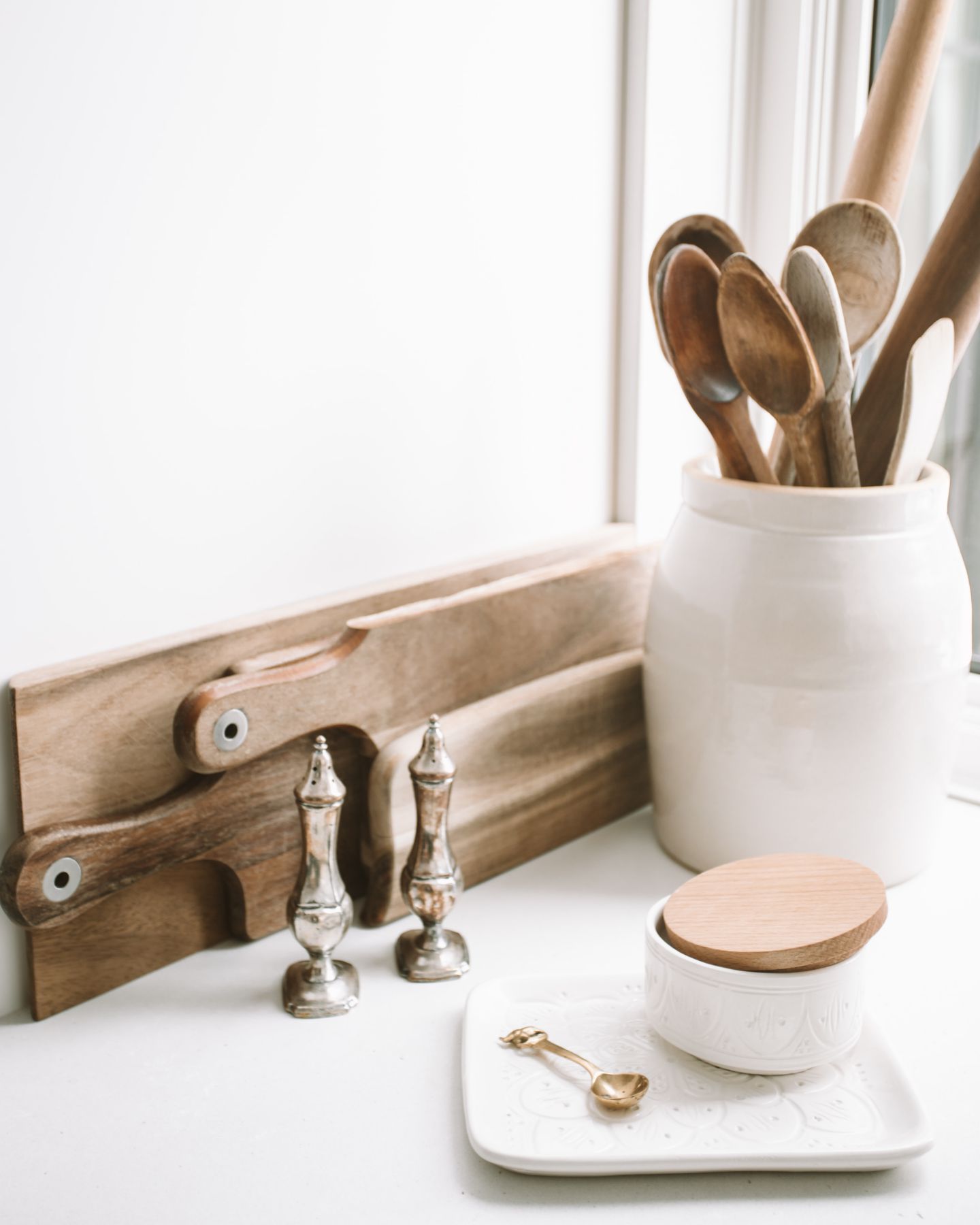
A friend made the comment that “February is good for nothing.” I’ve never felt that way. I enjoy the peace and calm of the month to which “cabin fever” is so often attributed. Instead, I think of it as the month for cabin solace, the calm between frantic end-of-the-year activity and the longer days leading to spring.
February is the month for planning the perfect garden and mentally blotting out the possibility that Mother Nature may be serendipitous this year. The seed catalogues have been sitting on the end table for several weeks, and choices must be made. The flower and vegetable seeds to be ordered are first circled in pencil. After the initial greed of wanting it all, many marks are erased, then the final choices circled in ball point and an order mailed in with a check, or transferred to the online form and purchased with a click.
Some seeds will burst into a kitchen garden of luscious greens, planted while days are still cold and nights still frosty. Vegetables will be started on sunny windowsills in March and April, allowing time to collect the plastic containers we will use and that were never relegated to the recycling bin in anticipation of their new duties.
February is a time of renewal and reflection to a background of Mozart, Bach or Haydn, a time of big novels and thousand-piece puzzles. It is a respite that fuels our bodies and spirits. It is a time for making things, experimenting with something new. Maybe the written word. February inspires writers and poets. Perhaps knitting mittens or a hat from a basket of leftover yarn that seeks a purpose. Craft projects and fabrics bought in the heat of enthusiasm have been patiently waiting for February.
For anyone who doesn’t know of this treasure, WEBS, (yarn.com) “America’s Yarn Store,” is located in Northampton, Mass, off I-91. A family-owned operation, it has been serving local and mail order customers for decades. Their history is wonderful, and their yarns are the largest collection in the country.

Knitter friends who learn that I am within driving distance have expressed their envy, especially because of the sale on the day after Christmas. Out-of-state plates can be seen on many cars parked in the lot, waiting for the doors to open. These women (mostly) can’t wait for Christmas to be over so they can get to the event they have really been waiting for all year.
This is the month to dig down in the freezer, find that ham bone from Christmas dinner, and cook split pea soup (recipe below), maybe create the perfect loaves to accompany it. February is the month for soups and chowders that satisfy and that can assuage a winter illness. I always make extra and freeze it in empty quart yogurt or cottage cheese containers, noting the contents of each on the lid with a marker. Some of the containers have been used several times. Each time, a line is drawn through the old label and a new one added.

In February, dogs sleep on floors in squares of sunlight, cats chase dust motes passing through sunbeams. Log piles diminish and must be replenished. It is a wonderful time for organizing—books, clothing, cupboards. I will likely uncover that can of pineapple I was looking for somewhere in the back of the soup row. It’s also a good time to clean up files and maybe pull out everything you will need for tax time.
There really is so much to do in February, we sometimes wonder how we will get to it all. Then we remember March.
Pea Soup with Ham

Mighty among the canon of winter soups, pea soup nourishes the body as it nurtures the spirit.
- 1 hambone (with some meat left on)
- 1 onion (minced)
- 3 stalks celery with leaves (chopped)
- 3 carrots (chopped)
- parsley
- spices ((can include pepper, garlic, dill, sage, your choice; since ham is salty, taste before adding salt))
Soak 1 lb. of green split peas (1 bag) in about 3 qts. of water overnight.
Next day: Remove most of the ham from the bone and refrigerate for last step.
Add ham bone and vegetables to peas, bring to a boil, cover and simmer for 4-5 hours or until peas are mushy. If it gets too thick, add a little more water. Add spices during the last 15 minutes.
Remove bone, saving bits of meat that are left. Blend soup until smooth and creamy.
Add all the pieces of ham cut to appropriate size and reheat or refrigerate or freeze in containers for later use.




